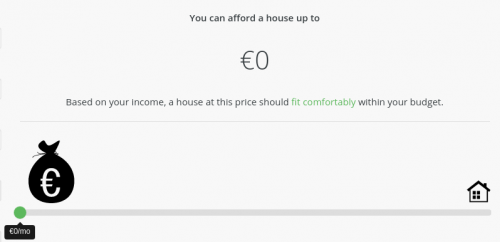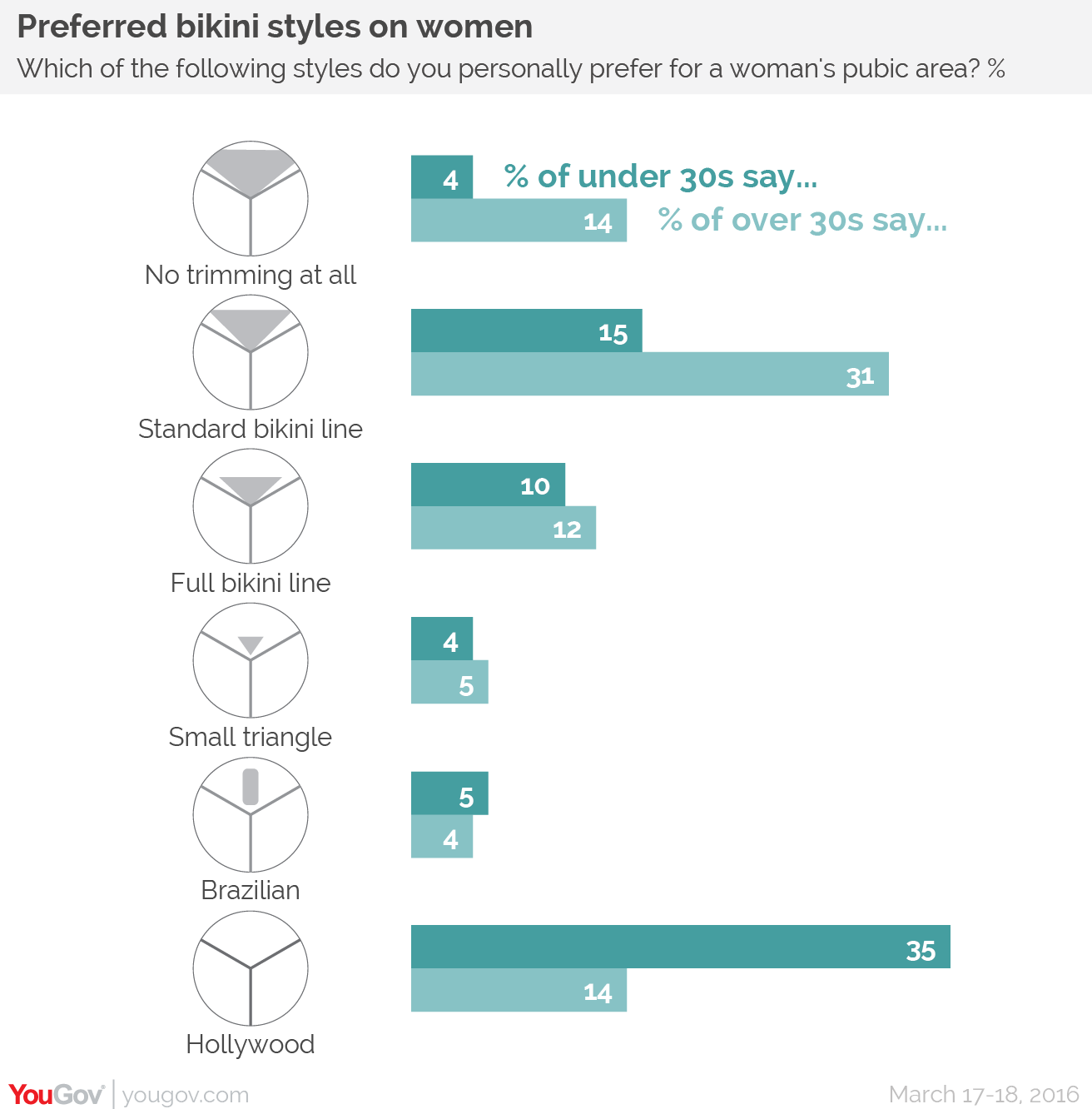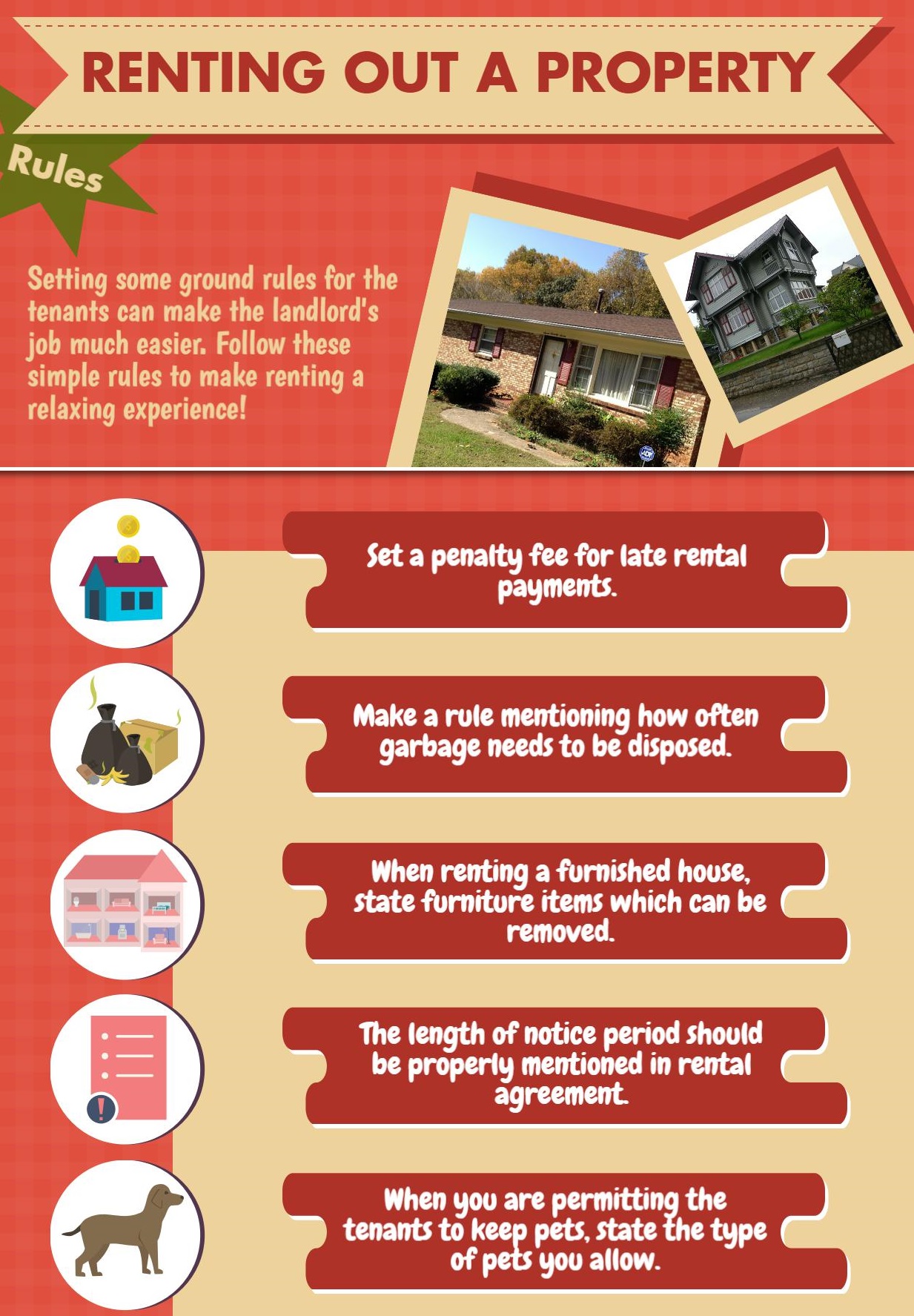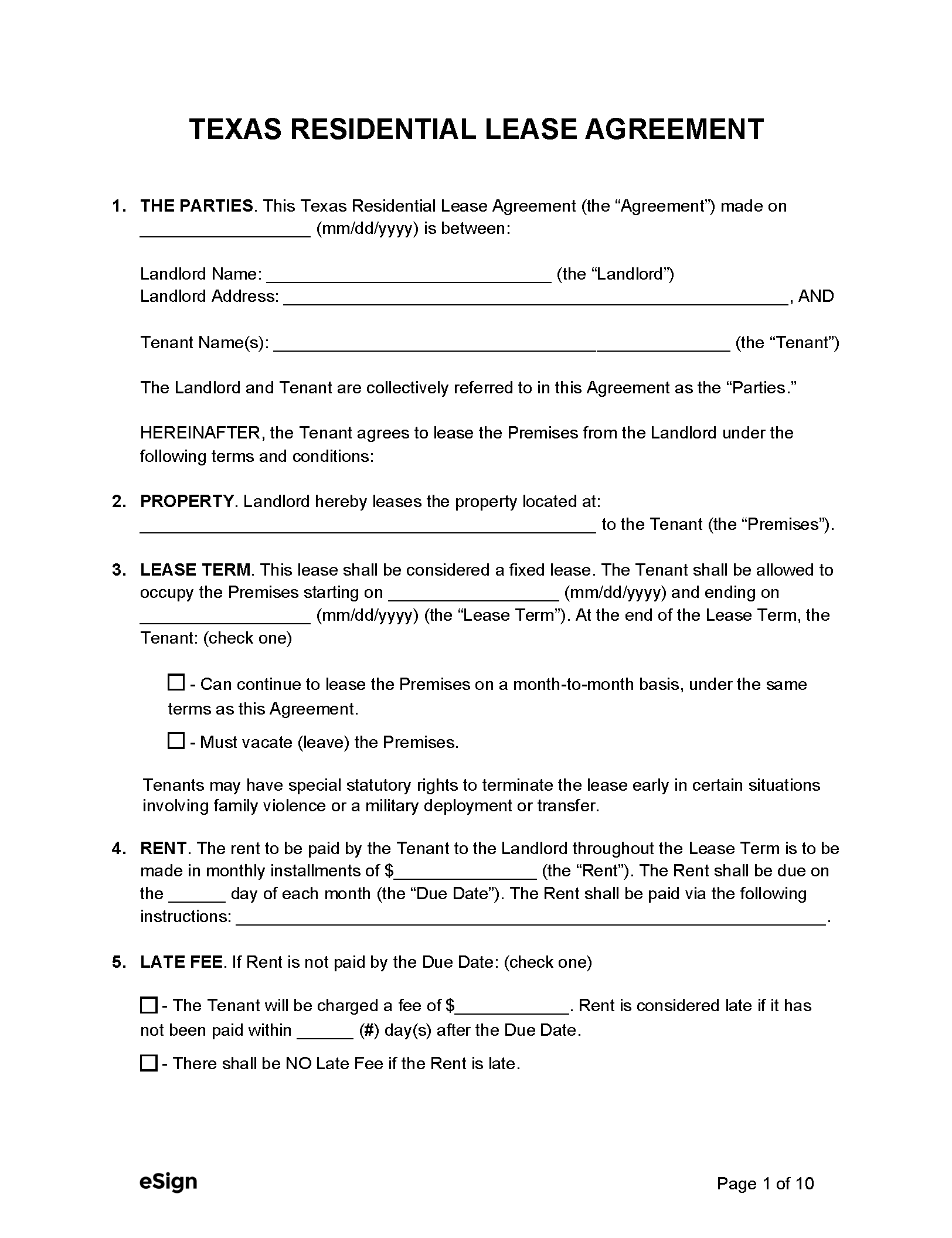Table Of Content

This allows you to better compare how much mortgage you can afford from different lenders and to see which is the right one for you. Annual property tax is a tax that you pay to your county, typically in two installments each year. The amount of the property tax varies depending on where you live, and is usually calculated as a percentage of your property’s value. When you buy a home, you may have to pay a prorated amount of the property tax that depends on when you complete the home purchase. Please visit our VA Mortgage Calculator to get more in-depth information regarding VA loans, or to calculate estimated monthly payments on VA mortgages. The home affordability calculator provides you with an appropriate price range based on your input.
If you're thinking about buying, start with this home affordability calculator
A VA loan is a mortgage loan granted to veterans, service members on active duty, members of the national guard, reservists, or surviving spouses, and is guaranteed by the U.S. This ratio is known as the debt-to-income ratio and is used for all the calculations of this calculator. Many forecasts expect rates to fall this year now that inflation has been coming down. But recently, data has been somewhat sticky, so we may need to wait a bit longer for rates to go down.
VA Loans
We continually strive to provide consumers with the expert advice and tools needed to succeed throughout life’s financial journey. Our goal is to give you the best advice to help you make smart personal finance decisions. We follow strict guidelines to ensure that our editorial content is not influenced by advertisers. Our editorial team receives no direct compensation from advertisers, and our content is thoroughly fact-checked to ensure accuracy.
Chase Home Lending
Home prices have been on a rollercoaster ride in recent years and are still very high, as are mortgage rates. It’s enough to make you wonder whether now is even a good time to buy a house. It’s important to focus on your personal situation rather than thinking about the overall real estate market. Is your credit score in great shape, and is your overall debt load manageable? Do you have enough savings that a down payment won’t drain your bank account to zero?
Mortgage Tools

Now that you have your estimated home price, check out different loan options with our Mortgage Calculator. Get started by contacting your insurance company or learning more about homeowners insurance. You can also connect with a home mortgage consultant and have a conversation – about your home financing needs, your loan choices, and how much you may be able to borrow. When you’re ready, your home mortgage consultant will help you complete an application. It takes only a few minutes, and there is no impact to your credit score. Both the upfront fee and the annual fee will detract from how much home you can afford.
Mortgage affordability calculator
When it comes to buying a home, credit score is an important factor. The higher your credit score, the better your chances are for approval and for better interest rates. This is the amount of money your lender charges you for using their money. Interest rate - Estimate the interest rate on a new mortgage by checking Bankrate's mortgage rate tables for your area. Once you have a projected rate (your real-life rate may be different depending on your overall financial and credit picture), you can plug it into the calculator.
If your personal finances are in excellent condition, a lender will likely be able to give you the best deal possible on your interest rate. A house is one of the biggest purchases you can make, so figuring out how much you can afford is a key step in the home-buying process. The annual percentage rate (APR) is a number designed to help you evaluate the total cost of a loan. In addition to the interest rate, it takes into account the fees, rebates, and other costs you may encounter over the life of the loan. The APR is calculated according to federal requirements, and is required by law to be included in all mortgage loan estimates. This allows you to better compare different types of mortgages from different lenders, to see which is the right one for you.
Income
FHA loans have more lax debt-to-income controls than conventional loans; they allow borrowers to have 3% more front-end debt and 7% more back-end debt. The reason that FHA loans can be offered to riskier clients is the required upfront payment of mortgage insurance premiums. The 28/36 Rule is a commonly accepted guideline used in the U.S. and Canada to determine each household's risk for conventional loans. It states that a household should spend no more than 28% of its gross monthly income on the front-end debt and no more than 36% of its gross monthly income on the back-end debt.
The rule of thumb is to meet with at least three lenders to compare mortgage rates but five is often preferred. The more quotes you get, the greater possibility that you can save thousands of dollars over the life of your loan. These are all solid choices, except for making only the minimum payments on your bills. Having less debt can improve your credit score and increase your monthly cash flow.
Among aspiring homeowners, affordability issues were cited most frequently in rural areas (85 percent) as compared to suburbs (79 percent), towns (77 percent) and cities (76 percent). The driver of this difference was that 68 percent of rural respondents cited not having enough income, notably higher than those in suburbs (57 percent), cities (53 percent) and towns (51 percent). A reverse mortgage is a type of loan that allows seniors to borrow against the value of their homes.
To be approved for a VA loan, the back-end ratio of the applicant needs to be better than 41%. In other words, the sum of monthly housing costs and all recurring secured and non-secured debts should not exceed 41% of gross monthly income. VA loans generally do not consider front-end ratios of applicants but require funding fees. A bi-weekly mortgage is a mortgage in which the borrower makes half of their monthly mortgage payment every two weeks, rather than paying the full payment amount once every month. So if you paid monthly and your monthly mortgage payment was $1,000, then for a year you would make 12 payments of $1,000 each, for a total of $12,000.
In the calculator, the recurring costs are under the "Include Options Below" checkbox. There are also optional inputs within the calculator for annual percentage increases under "More Options." Using these can result in more accurate calculations. Making a down payment of this size typically results in a better rate, and it also means that you probably won’t be required to buy private mortgage insurance, which would raise your monthly housing payment. To find your debt-to-income ratio, first add together all of your monthly debt payments.
Paying bills when they’re due, borrowing less than 30% of your credit limit and taking out a credit-builder loan (and successfully repaying it) can all help improve your scores. Keep in mind that home price isn’t the only factor that affects affordability. The interest rate on your home loan, your down payment and your loan term can all affect how much you end up paying for your home. The cost of a mortgage is reflected by the interest rate, discount points, fees, and origination charges. This cost is known as the annual percentage rate (APR), which is typically higher than the interest rate. The APR lets you compare mortgages of the same dollar amount by considering their annual cost.
While we strive to provide a wide range of offers, Bankrate does not include information about every financial or credit product or service. Debt-to-income ratio, or DTI, is a measure that helps lenders estimate how easily you can repay your debts. When a person has a low debt-to-income ratio, it means that their debt payments make up a small portion of their gross monthly income. So the higher your rate, the less house you’ll be able to afford. Lenders divide your total monthly debt payments by your income to determine whether or not you can afford another loan.
And don’t forget you’d also need to pay a down payment and closing costs upfront, while keeping enough leftover to cover regular maintenance, upkeep and any emergency repairs that may arise. The Federal Housing Administration (FHA) is an agency of the U.S. government. An FHA loan is a mortgage loan that is issued by banks and other commercial lenders but guaranteed by the FHA against a borrower’s default. Your monthly mortgage payment depends on a number of factors, like purchase price, down payment, interest rate, loan term, property taxes and insurance.


























